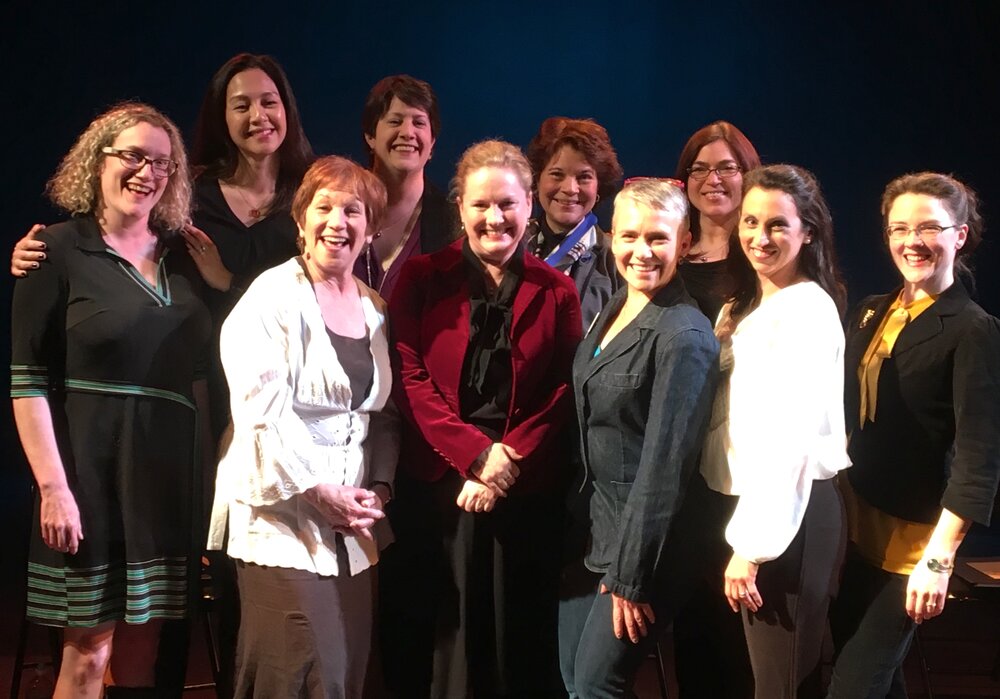 Being fully present is something that takes some work. And the experts are on it! It seems that research in this area is having quite an uptick lately, so we might assume that the problem of distracted living is a recent development. But many ancient disciplines--meditation, yoga, Quigong, and others--focus on cultivating mindfulness. So it's safe to say that human beings have been having trouble staying fully connected and in the moment (in a nonjudgemental, non-reactive way) for millennia. It's a relief to know that chronic inattention is not a recent development! But that is small consolation to those of us who fight daily to keep our heads in the game.
It's especially hard to focus this time of year, when we have so much on our plates: wrapping up year-end business, traveling, shopping, doing whatever it takes to make the holidays more festive than ever!!! To counteract our natural tendency toward distraction, we need to double down in December. Put mindfulness at the top of your to-do list. Don't let your morning yoga routine or your walking meditation fall by the wayside. With the stress of so much to do in such a short time we need these activities to keep ourselves grounded, centered and sane. So make time to do this work on yourself, for yourself. And if you need more motivation, there's this: your friends and family will appreciate it, too! Nothing says "I care" better than really being there for someone, listening with your whole heart and mind, and providing that calm foundation that we all need, but rarely find. It's the season of giving: so let your presence be your present! |



















